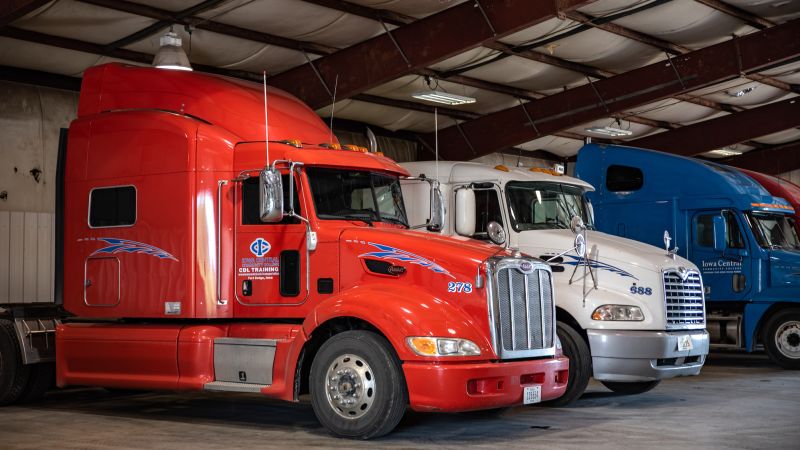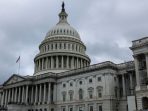CNN
—
The Biden administration on Tuesday finalized tougher pollution standards for heavy-duty vehicles like large trucks, delivery vans and buses starting with model year 2027.
The Environmental Protection Agency’s new rule is the first update to the standards since 2001. It will cut down on the smog and soot from heavy-duty trucks by requiring them to reduce emissions of nitrogen oxides by nearly 50% by 2045, and will be more than 80% stronger than the current standard, the agency said.
EPA Administrator Michael Regan said in a statement the new rule would protect public health, “especially the health of 72 million people living near truck freight routes in America, including our most vulnerable populations in historically overburdened communities.”
The agency estimated the rule will result in up to 2,900 fewer premature deaths, 18,000 fewer cases of childhood asthma and 6,700 fewer hospital admissions.
It also estimated the rule will lead to 78,000 fewer lost days of work, 1.1 million fewer lost school days for kids and an overall net benefit of $29 billion.
Transportation is the largest source of planet-warming emissions in the US, with average household vehicles making up over 50% of the sector’s total emissions. Heavy-duty vehicles like big trucks and buses make up about 23%; fewer of them are on the roads, but because of their size and their fuel requirements, they contribute an outsized proportion of air pollution and planet-warming emissions.
A Mack LR fully electric trash truck was parked behind the speakers’ podium during a ceremony to announce the new rules.
Following the ceremony, Mack spokesman John Mies said the company supported long-term zero emissions goals for trucks and was also working to reduce dangerous emissions from diesel trucks. Mack is part of the Volvo Group of truck companies, which is separate from the company that makes Volvo passenger vehicles.
“It’s clear that the new standard is very challenging,” Mies said in an email. “Beyond that, the rule is extremely complex, so we need time to examine it and understand what it means for our customers, our dealers and our employees.”
While the new rule is much tougher than current standards, environmental and public health groups have called for even more stringent standards.
Britt Carmon, the federal clean vehicles advocate for the Natural Resources Defense Council, said in a statement that the new rules leave more to be done and EPA should “move quickly” to transition to zero-emissions trucks.
“After two decades of inaction, EPA is finally moving to cut harmful truck tailpipe pollution,” Carmon said. “But these standards fall short, and the agency missed a critical opportunity to slash soot and smog and accelerate the shift to the cleanest vehicles.”
California’s new rule for heavy-duty vehicles, for example, is 90% stronger than current regulations. And earlier this year, state regulators in California critiqued EPA’s pollution rule for missing the bigger picture on the move to electric trucks.
But the agency said the rule its finalizing Tuesday is just a first step.
In spring 2023, EPA is expected to release its proposed so-called “phase 3” greenhouse gas standards for heavy duty vehicles starting in model year 2027. The agency is also expected to release new proposed light and medium-duty vehicle emissions standards for 2027 and beyond model year vehicles in the spring.
Regan said these rules, in addition to climate and clean energy investments in a pair of infrastructure and climate laws already passed, “will accelerate President Biden’s ambitious agenda to overhaul the nation’s trucking fleet, deliver cleaner air, and protect people and the planet.”
Sumber: www.cnn.com








